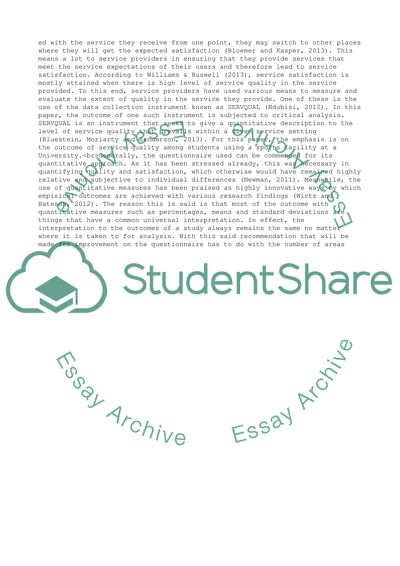Cite this document
(“A report based on analysing data from a survey of service quality at a Essay - 1”, n.d.)
A report based on analysing data from a survey of service quality at a Essay - 1. Retrieved from https://studentshare.org/business/1657911-a-report-based-on-analysing-data-from-a-survey-of-service-quality-at-a-university-sports-centre
A report based on analysing data from a survey of service quality at a Essay - 1. Retrieved from https://studentshare.org/business/1657911-a-report-based-on-analysing-data-from-a-survey-of-service-quality-at-a-university-sports-centre
(A Report Based on Analysing Data from a Survey of Service Quality at a Essay - 1)
A Report Based on Analysing Data from a Survey of Service Quality at a Essay - 1. https://studentshare.org/business/1657911-a-report-based-on-analysing-data-from-a-survey-of-service-quality-at-a-university-sports-centre.
A Report Based on Analysing Data from a Survey of Service Quality at a Essay - 1. https://studentshare.org/business/1657911-a-report-based-on-analysing-data-from-a-survey-of-service-quality-at-a-university-sports-centre.
“A Report Based on Analysing Data from a Survey of Service Quality at a Essay - 1”, n.d. https://studentshare.org/business/1657911-a-report-based-on-analysing-data-from-a-survey-of-service-quality-at-a-university-sports-centre.


